LG QNED91T is the only MiniLED-backlit TV from LG for 2024 that catches the eye with its innovative use of a VA panel. This is certainly a departure from the established standards of the Korean manufacturer with its top-tier LCD TVs, which typically used an IPS/ADS panel. But the result is positive – the panel combined with local dimming offers really good contrast. Blacks are deep and should satisfy most users. LG 65QNED91T6A is a very bright TV, so placing it in slightly challenging lighting conditions will not pose a challenge for it. In terms of motion fluidity, the QNED91T shows top class. The TruMotion feature works great, allowing for image adjustment according to personal preferences – from a classic, cinematic look to a more fluid effect. And the 120Hz panel makes it ideal for sports or gaming. For the latter, LG has prepared something special – four full HDMI 2.1 ports with a bandwidth of 48 Gbps, allowing for features like VRR and ALLM (and more). This, combined with low input lag, makes this equipment an excellent choice for gaming on a console or PC. Daily use of QNED91T is pure pleasure, mainly thanks to the WebOS system. The interface is intuitive, there's no lack of applications, and the Magic Remote included in the package significantly simplifies navigation through the menu. Operation is fast, and using the TV is comfortable thanks to the voice assistant. Unfortunately, the TV also has its weaknesses. Despite the advantages of the VA panel in terms of high contrast, the algorithms responsible for local dimming of the miniLED zones do not perform very well. In HDR content, there are situations where the picture is either too bright or excessively dark, which is particularly problematic in scenes requiring precision. Additionally - in practice, the differences between standard HDR10 and Dolby Vision are nearly invisible. This is a significant disappointment, especially in this class of TV. Nonetheless, the LG QNED91T is an interesting choice for those who need a TV with high brightness, considerable gaming capabilities, and appreciate the convenience of the WebOS system. If the priority is picture quality in HDR content, such as Netflix, Prime Video, or Max, we recommend considering alternative models, such as OLED B4 from the 2024 line, which is available for a similar price.
- Matching (Score)
- Our verdict
- TV appearance
- Where to buy
- Contrast and black detail
- HDR effect quality
- Factory color reproduction
- Color reproduction after calibration
- Smoothness of tonal transitions
- Image scaling and smoothness of tonal transitions
- Blur and motion smoothness
- Console compatibility and gaming features
- Input lag
- Compatibility with PC
- Viewing angles
- TV efficiency during daytime
- Details about the matrix
- TV features
- Apps
- Playing files from USB
- Sound
LG QNED91T6A vs TCL C7K / QM7K
Direct compare
QNED91T / QNED90T
C7K / Q7C / MQLED85K / C79K / C71K / QM7K

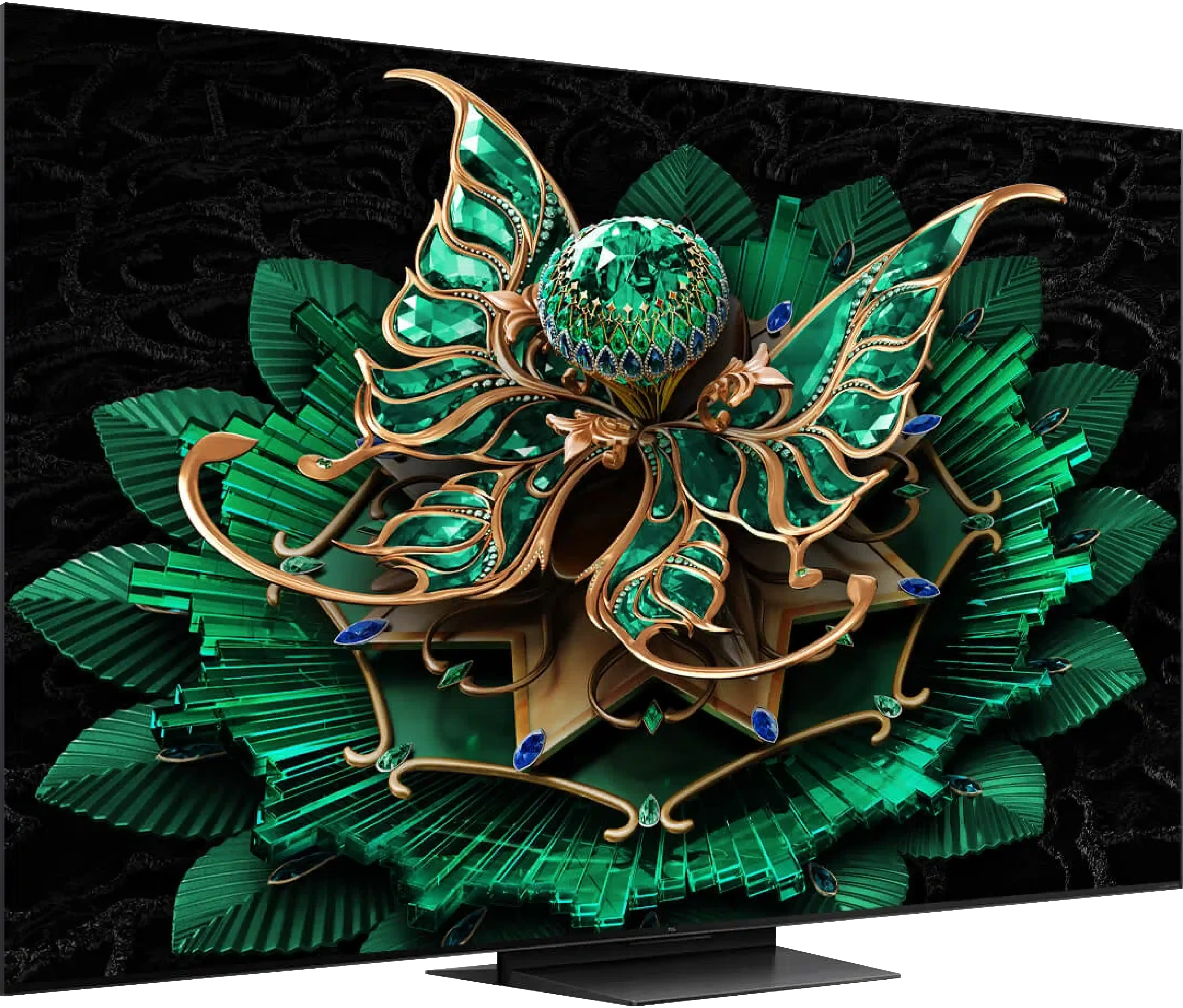
Panel type: LCD VA
Resolution: 3840x2160
System: WebOS
Model year: 2024
Complete the survey to find out the result

Panel type: LCD VA
Resolution: 3840x2160
System: Google TV
Model year: 2025
Complete the survey to find out the result

Overall rating
7.2
7.1
Movies and series in UHD quality
6.5
6.7
Classic TV, YouTube
6.7
6.5
Sports broadcasts (TV and apps)
6.8
6.4
Gaming on console
8.5
8.5
TV as a computer monitor
7.5
8.4
Watching in bright light
6.1
6.1
Utility functions
9.0
7.7
Apps
8.3
9.6
Sound quality
6.9
7.0
Complete the survey to find out what fits your preferences
Advantages
Good contrast - VA panel
Suitable for gamers: HDMI 2.1, low input lag, 120Hz
Decent brightness - works well for watching during the day
Great operating system WebOS - Magic Remote, voice features
Recording from built-in tuners
Very good black - VA panel with a large number of Mini-LED zones
High brightness in HDR - over 1000 nits
Great for gamers - HDMI 2.1, low input lag, VRR, ALLM etc.
Good motion fluidity - 144Hz panel
Support for multiple HDR formats: HDR10, HDR10+, Dolby Vision
Google TV operating system with access to a huge app base
Pleasant sound from built-in speakers
Disadvantages
Poor management of dimming zones
Lack of HDR adaptation - no difference visible between HDR10 and Dolby Vision
Poor viewing angles
Google TV can have minor stutters
No USB recording and PiP function
Our verdict
There are TVs that come for testing, and you immediately think: "oh, just another average one, probably like many others." And essentially... that's true. The TCL C7K doesn't try to dethrone OLEDs, nor does it scream "revolution!" from the box. And yet, after a few days of testing, it's hard not to think: "wow, this is really good gear." And that's exactly what the C7K is. The biggest advantage of the C7K is the decent picture at a reasonable price – MiniLED and quantum dots do their job here. The colours are vibrant, the brightness is satisfactory, the contrast impresses, and with the right settings, you can truly enjoy viewing in the best quality. The second strong point is motion smoothness – both in sports and gaming. Support for HDMI 2.1, variable refresh rate, 144 Hz, and a whole heap of other features makes gaming on this TV a pure pleasure. On top of that, there's Google TV, which – despite some minor shortcomings – offers access to almost an endless library of apps. Voice control, quick access to YouTube, Netflix, AirPlay support – it has everything you need for daily use. Are there downsides? Of course. The Google TV system can have moments of "hesitation," and MiniLED – like any MiniLED – can stumble on very challenging movie scenes. But these are details. After all, the C7K is a mid-range model – and in this class, it performs remarkably well. So if you’re looking for a reasonably priced, modern TV with Google TV that looks good, works well, and sounds pretty decent without breaking the bank – the TCL C7K definitely deserves your attention.
TV appearance






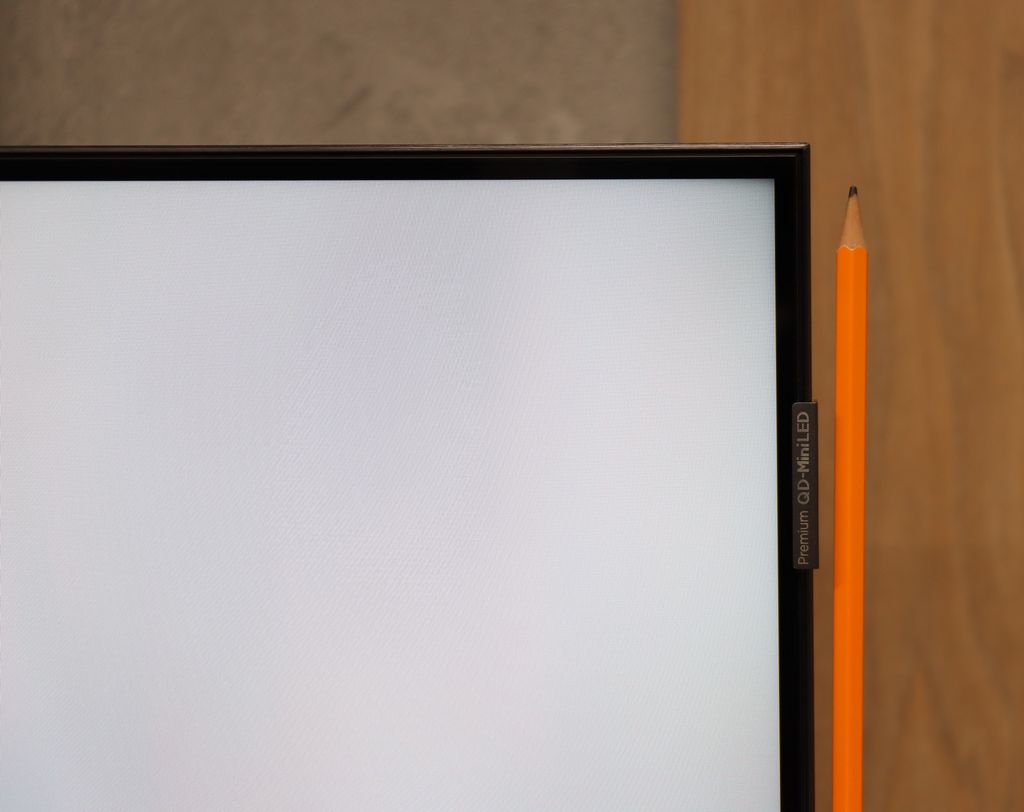
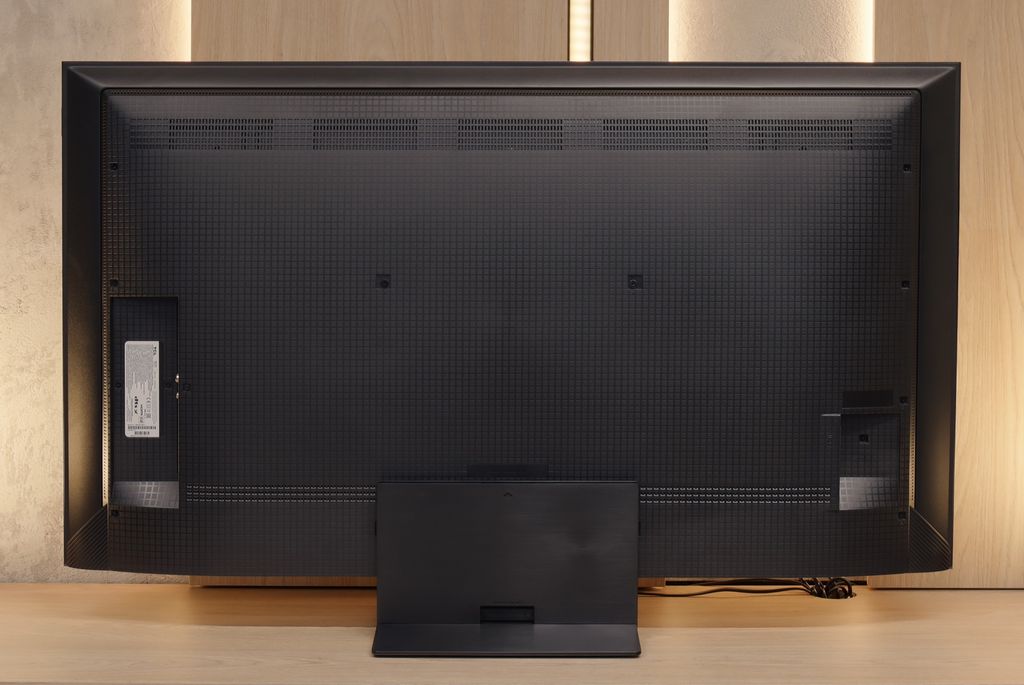
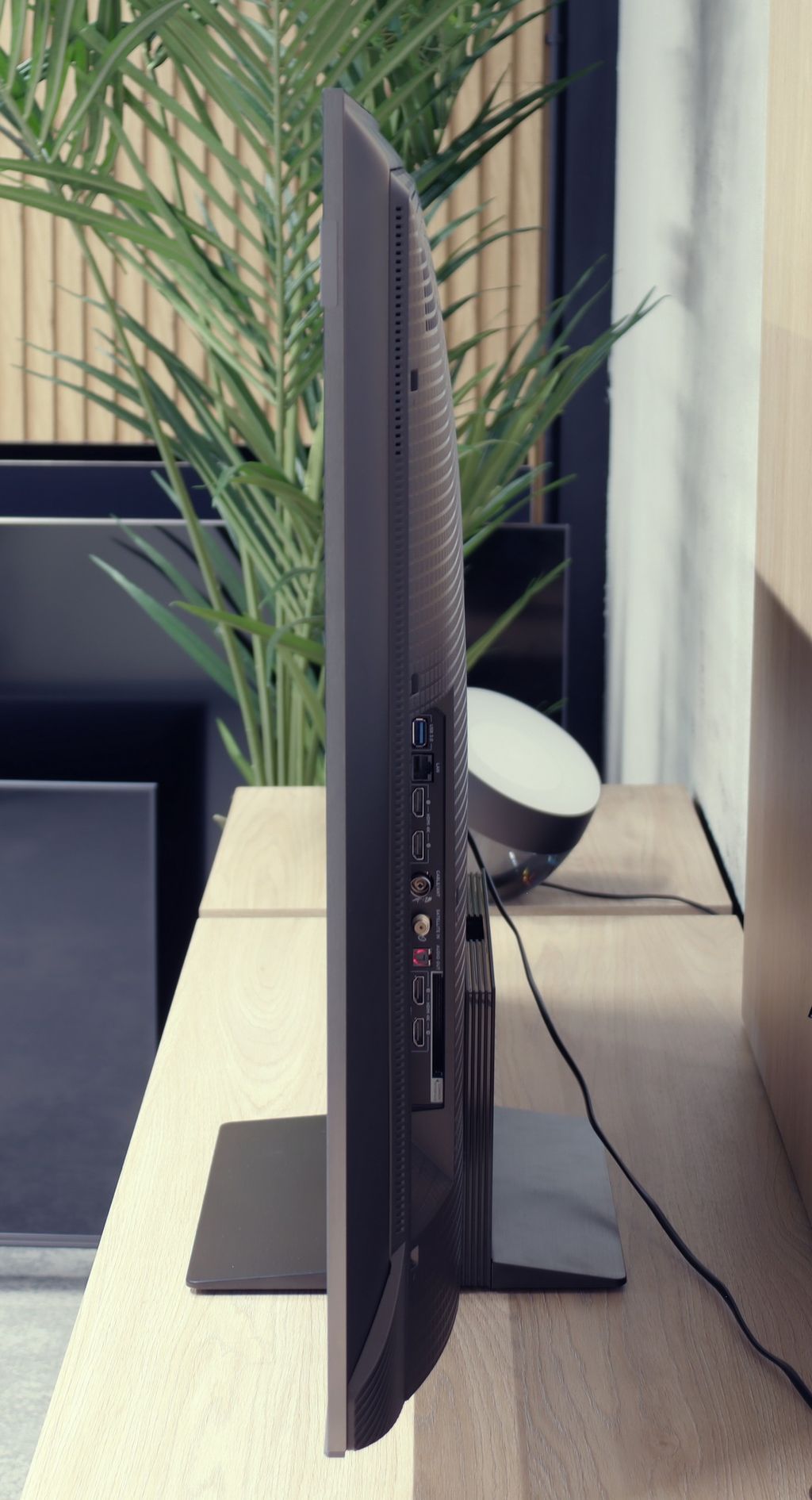
Contrast and black detail
6.8/10
7.1/10
Local dimming function: Yes, number of zones: 160 (16 x 10)
Local dimming function: Yes, number of zones: 336 (14 x 24)
Contrast:

Result
126,250:1

Result
20,900:1

Result
19,200:1

Result
4,900:1

Result
4,550:1

Result
161,000:1

Result
18,750:1

Result
13,150:1

Result
6,300:1

Result
4,200:1
Halo effect and black detail visibility:

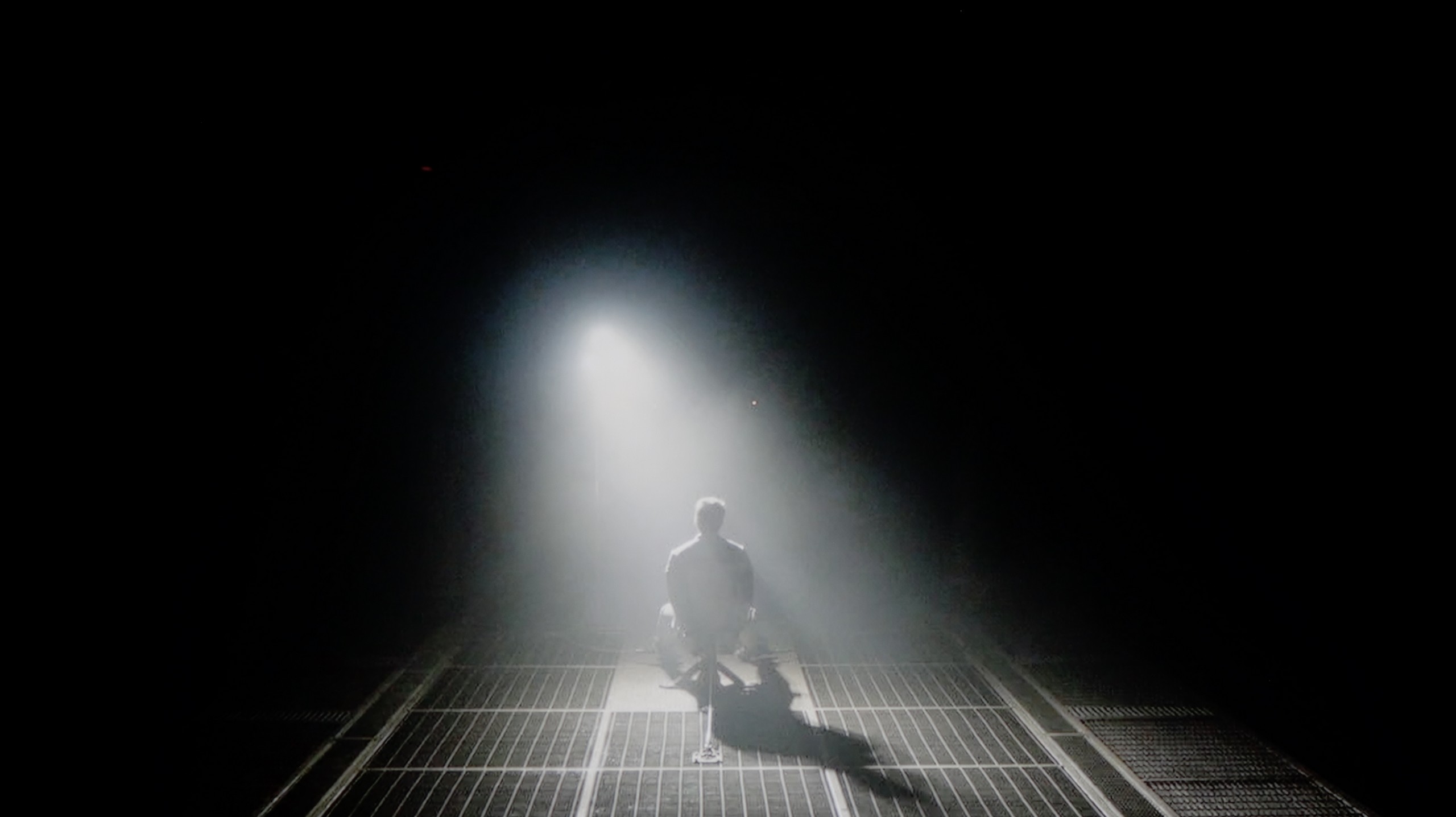
QNED91T is a television with MiniLED backlighting, and in the tested size of 65", we counted 160 local dimming zones. The unit we tested, with a "1" at the end, is equipped with a VA panel, which offers significantly better contrast than IPS panels, which - note - can be found in the model LG QNED90T. Therefore, it's wise to be cautious when choosing a version to avoid disappointment regarding contrast. The model QNED90T is rather hard to acquire in Poland, but distribution can vary. Returning to our contrast tests, it performed really well in less demanding scenes. For example, in one of the scenes from the movie "Oblivion," we observed perfect separation of lights - it looked impressive. However, not everything is so straightforward. In a scene from "Sicario 2," we noticed that the screen was noticeably darker, deviating significantly from the reference image appearance. The television effectively eliminates the halo effect (i.e., the glow around objects), but this comes at the cost of brightness - and quite a considerable one at that. Despite these compromises, the contrast of LG 65QNED91T6A is genuinely solid. Of course, as is the case with MiniLED televisions, some limitations must be taken into account, but the overall impression is very positive.
The 50-inch TCL C7K we tested surprised us right from the start – it's the smallest model in the series, yet it's equipped with a VA panel with MiniLED backlighting and – get this – as many as 336 dimming zones. By comparison, many far larger TVs from higher tiers would be happy to boast such a number. Here we have it in a 50-inch version. Sounds promising, right? So how does this translate into real viewing experiences? In the overwhelming majority of tested scenes – very well. The contrast was high enough that in measurements it reached even six-figure values, which in practice means very deep blacks and well-separated highlights. In scenes from films like The Revenant or Oblivion, the effect was impressive, matching the best LCD screens in this class.
Not everything, however, went perfectly. Despite the impressive number of zones, managing them wasn't always exemplary. In more complex scenes, where small light sources or a high level of detail appear, the TV had issues with the so-called halo effect (a glowing aura around bright objects) or overly aggressive dimming of the image. In such situations, contrast could either collapse due to overexposure of some zones or, conversely – details in bright areas vanished because the zones were suppressing light too much. Nevertheless, it's worth emphasising that in the vast majority of scenes the contrast was more than satisfactory. And considering the size of the TV and the price, the final effect will satisfy not only average users.
HDR effect quality
5/10
5.4/10
Luminance measurements in HDR:

Result
1069 nit

Result
180 nit

Result
577 nit

Result
96 nit

Result
674 nit

Result
1051 nit

Result
185 nit

Result
454 nit

Result
200 nit

Result
836 nit
Scene from the movie “Pan” (about 2800 nits)

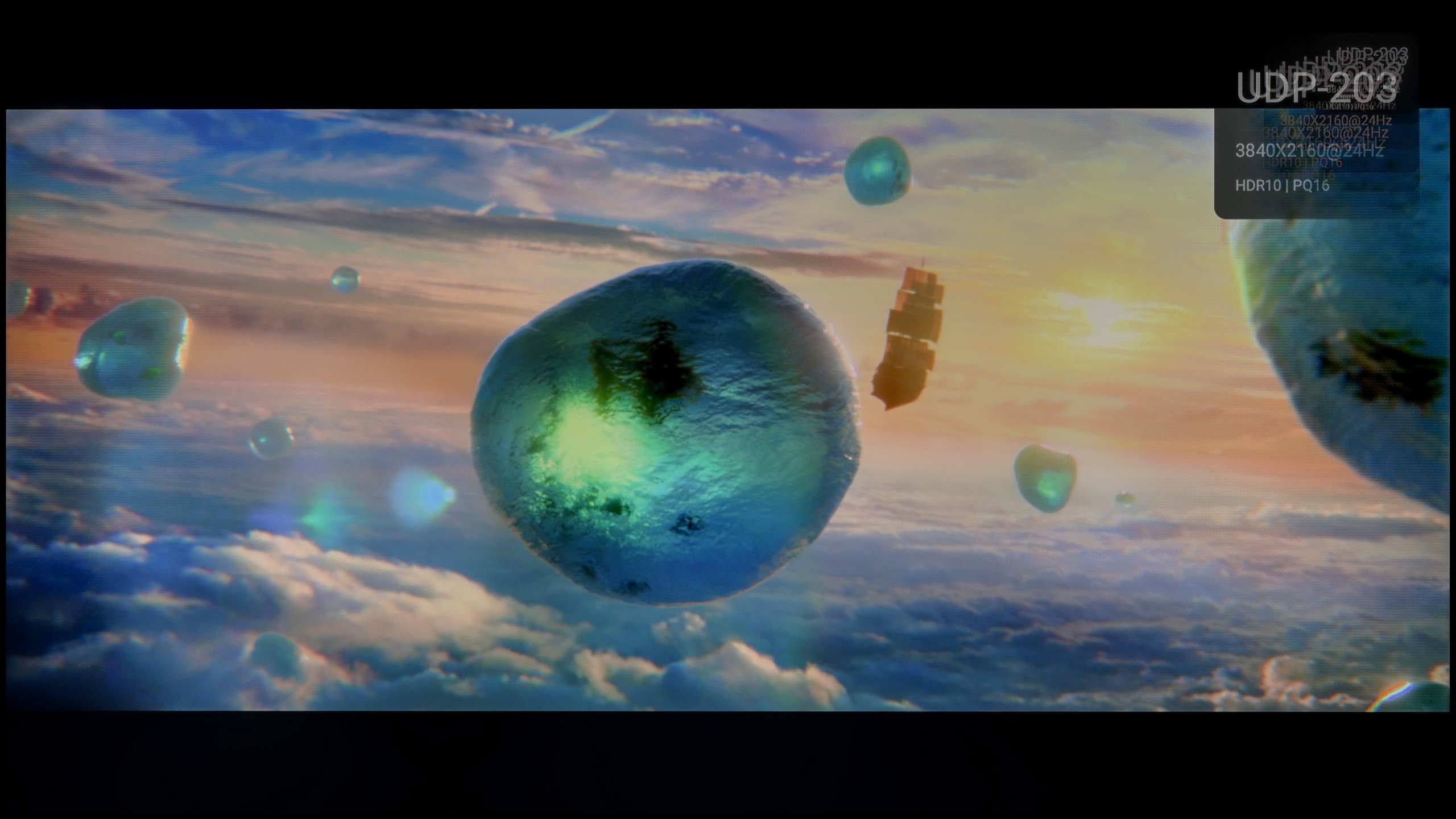
Scene from the movie “Billy Lynn” (about 1100 nits)


Static HDR10


Dynamic: Dolby Vision
Dynamic: Dolby Vision


HDR luminance chart:
TCL C7K / QM7K
Luminancja HDR
Luminance of RGB colors
LG QNED91T6A
Luminancja HDR
Luminance of RGB colors
As befits a MiniLED television, LG QNED91T easily exceeds the magical barrier of 1000 nits on the luminance chart. In scenes where light played a key role, the effect was truly commendable. For instance, 1000 nits in the first scene of "Life of Pi" is a really impressive value, and the achieved 600 nits in the third and fifth scenes allowed for a true sense of HDR magic. However, problems arise with very small light elements on the screen, such as the moon, street lamps, or lights. Values around 100 nits - to put it bluntly - are disappointing, as these elements are so dark they are barely visible. The television deserves praise for covering 96% of the DCI-P3 colour gamut and 75% of BT.2020. LG QNED91T leaves us with very mixed feelings, mainly due to the very aggressive dimming algorithms which, while effectively eliminating halo effect, do impact the brightness of smaller elements.
TCL C7K is one of the brightest MiniLED TVs in its price class. Under optimal testing conditions, the screen can achieve over 1200 nits, resulting in impressive, at times dazzlingly bright scenes. And most importantly – this isn’t just a theory from measurements. In practice, even the brightest moments in movies can shine with true cinematic grandeur. Home HDR cinema fans should be really pleased.
The impression is fantastic, especially in scenes with large areas of brightness – a white sky, explosions, sun reflections, or magical sunsets can surprise with an intensity of light that rarely appears in this price range.
However, things get a bit worse when more challenging scenarios appear on the screen, previously described in terms of contrast – that is, images full of details, with small bright elements on a dark background. In such cases, the C7K often opts to preserve black at the expense of brightness. An example? Scenes from movies like Sicario 2 or Life of Pi, where small light sources (like a distant lantern) may become less visible, and details in the lights are simply dimmed or blend into the background.
For many viewers, this may be an acceptable compromise – as we achieve deep blacks and pleasant image depth. Nevertheless, it’s important to recognise that the visibility of small details in bright areas is not this model's strong suit. It’s simply a technological limitation that still exists – even with over 300 zones.
Factory color reproduction
6/10
6/10


Factory Mode
After calibration
All our tests are conducted in the best picture mode on each television. In this case, as usual, it’s the Filmmaker mode. The name of the mode suggests ideal colour reproduction; however, there were noticeable deviations from the correct image. Our unit, in terms of white balance, exhibited a significant drop in blue hues - both in SDR and 4K HDR materials - resulting in a noticeable yellowing of the image, evident in the comparison scenes from a movie with Tom Cruise. As we described earlier, QNED91T has a tendency to brighten the screen. This is confirmed by the gamma, which is quite significantly lower than the reference value of 2.4. Meanwhile, the EOTF curve, which is responsible for brightness in 4K content, showed some issues with the television’s ability to dim the image in the darkest areas, which we could observe in the paragraph describing the quality of the HDR effect. Although the Filmmaker mode is a pretty good "out of the box" mode, it still requires some adjustments.
A new feature in TCL televisions for 2025 is the long-awaited Filmmaker mode, which until now has been found in most competing brands. This is great news, as this mode is considered the most faithful to the original vision of the creators and is often recommended by enthusiasts of quality visuals. Unfortunately – as is often the case – the mere presence of it does not guarantee perfection. The Filmmaker mode in the TCL C7K is not without its faults. There are issues with inaccurate white balance, particularly a slight blue tint that resulted in cool, somewhat greyish skin tones. But that wasn’t the biggest problem. The main complaint was excessive brightness exposure, which is clearly visible on gamma and EOTF charts. The image was simply too bright, at times even blown out, which affected not only the texture of scenes but also the overall viewing experience. Some details were just lost, and the entire image looked as if someone had overdone the brightness slider. As always, we decided to see what could be squeezed out of it after calibration. And this is where things started to get really interesting…
Color reproduction after calibration
7.8/10
7.5/10

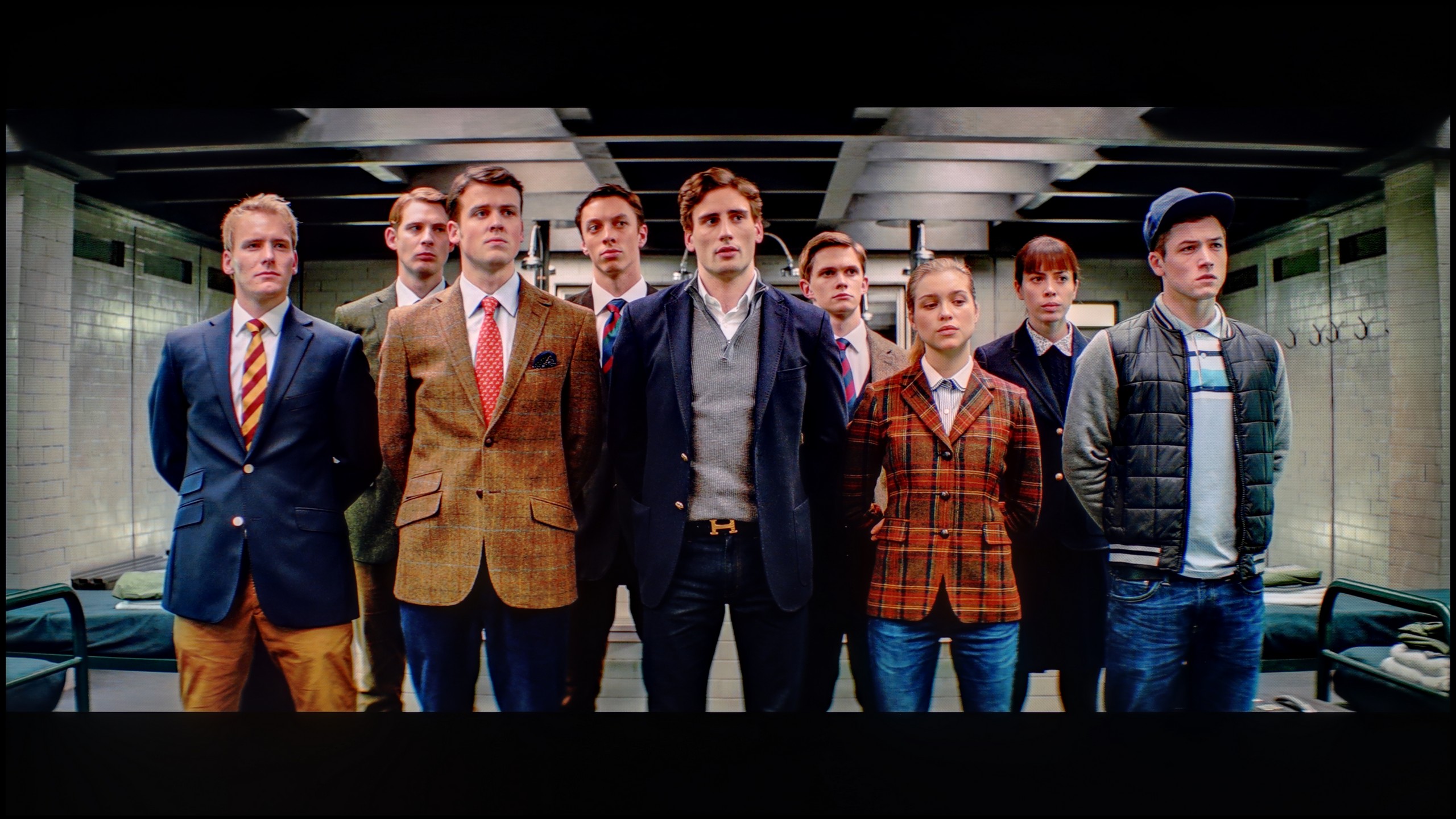

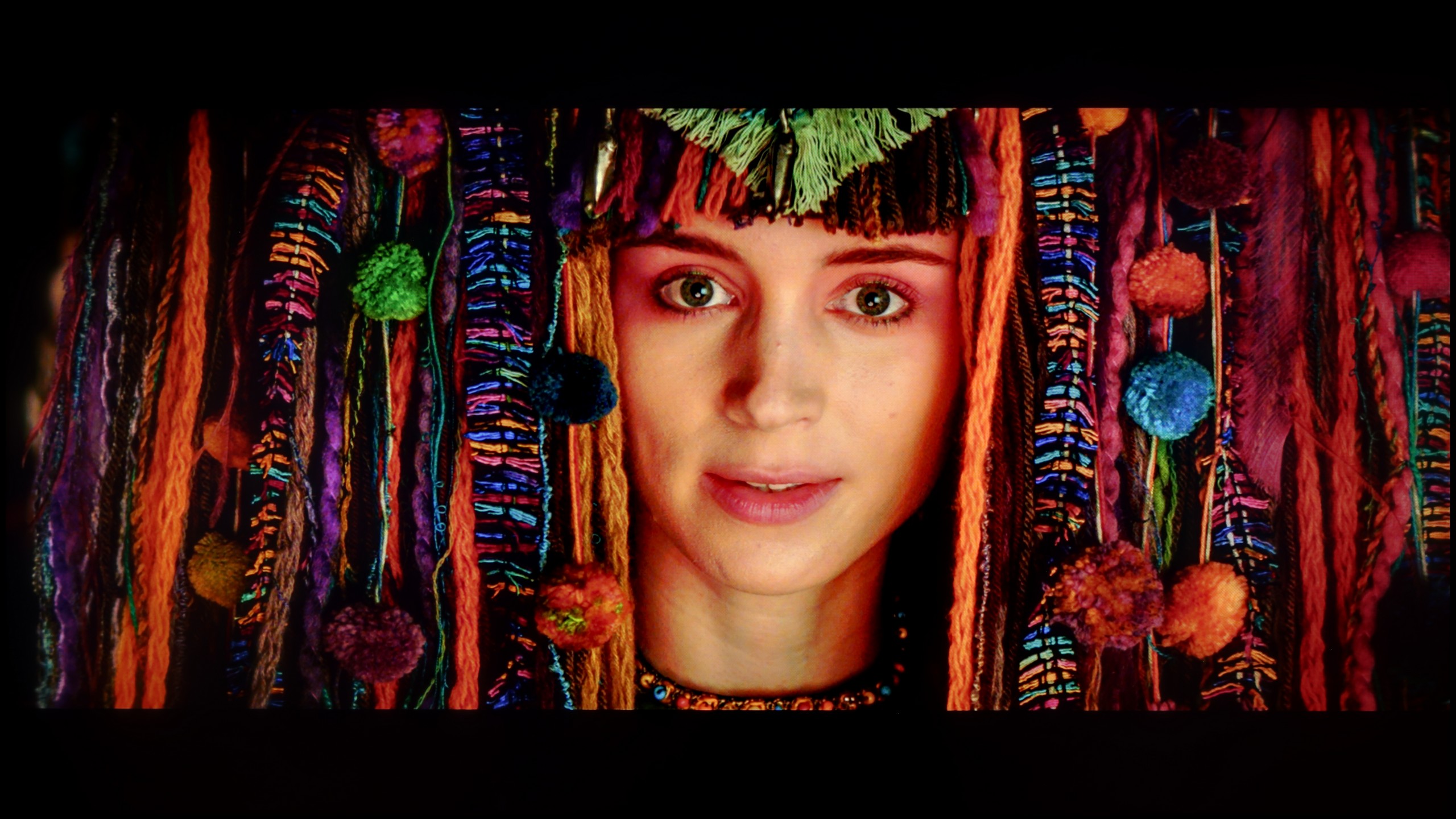
LG offers advanced calibration tools in its televisions such as 65QNED91T6A, which we took advantage of. When it comes to white balance, we managed to significantly correct it in SDR content. The picture mode in 4K HDR quality posed greater challenges, which, while still not perfect, looks significantly better than before calibration. The errors on the Color Checker palette and the colour palette are much smaller than in the factory settings. In terms of brightness characteristics, gamma for HD content is practically perfect, with a small exception at the end of the graph. However, the biggest issues the television faced were with brightness in 4K HDR content. Analyzing the EOTF characteristics in films, we noticed that the television manipulates brightness quite a bit, which we could observe in previous tests. Brightness is significantly boosted compared to the graph in the static test, and the television brightens certain scenes to the extent that some smaller details lose definition. Unfortunately, this is caused by an average backlight zone management algorithm in this model. Nevertheless, the calibration yields quite good results, especially regarding accurate colour reproduction.
After calibration, the TCL C7K showed itself in a really good light, especially when it comes to SDR content. We managed to precisely tune the white balance, colour gamut, and brightness characteristics so that the colour errors on the ColorChecker palette fell below a value of 2. For the uninitiated – this is nearly a perfect result, which means that the image is very close to what the creators intended. Unfortunately, it was a different story with 4K HDR content. While we were able to slightly calm down the white balance and correct its earlier errors, it was still evident that the TV has some "MiniLED traits", particularly in brightness management. When we checked how the C7K handled the EOTF curve on real film scenes, rather than just on synthetic test patterns, it turned out that the screen still had a tendency to slightly brighten the entire image. This affects the overall experience – the black loses some depth, and the image becomes less contrasty than it should be. Despite these minor issues with HDR content, the overall reception of materials – especially in SDR – is really very good. After calibration, the C7K can display an image that can successfully compete with much more expensive models. Good colour tuning, natural skin tones, and pleasant brightness make movie watching and everyday content viewing more than satisfactory.
Smoothness of tonal transitions
8.5/10
8.6/10







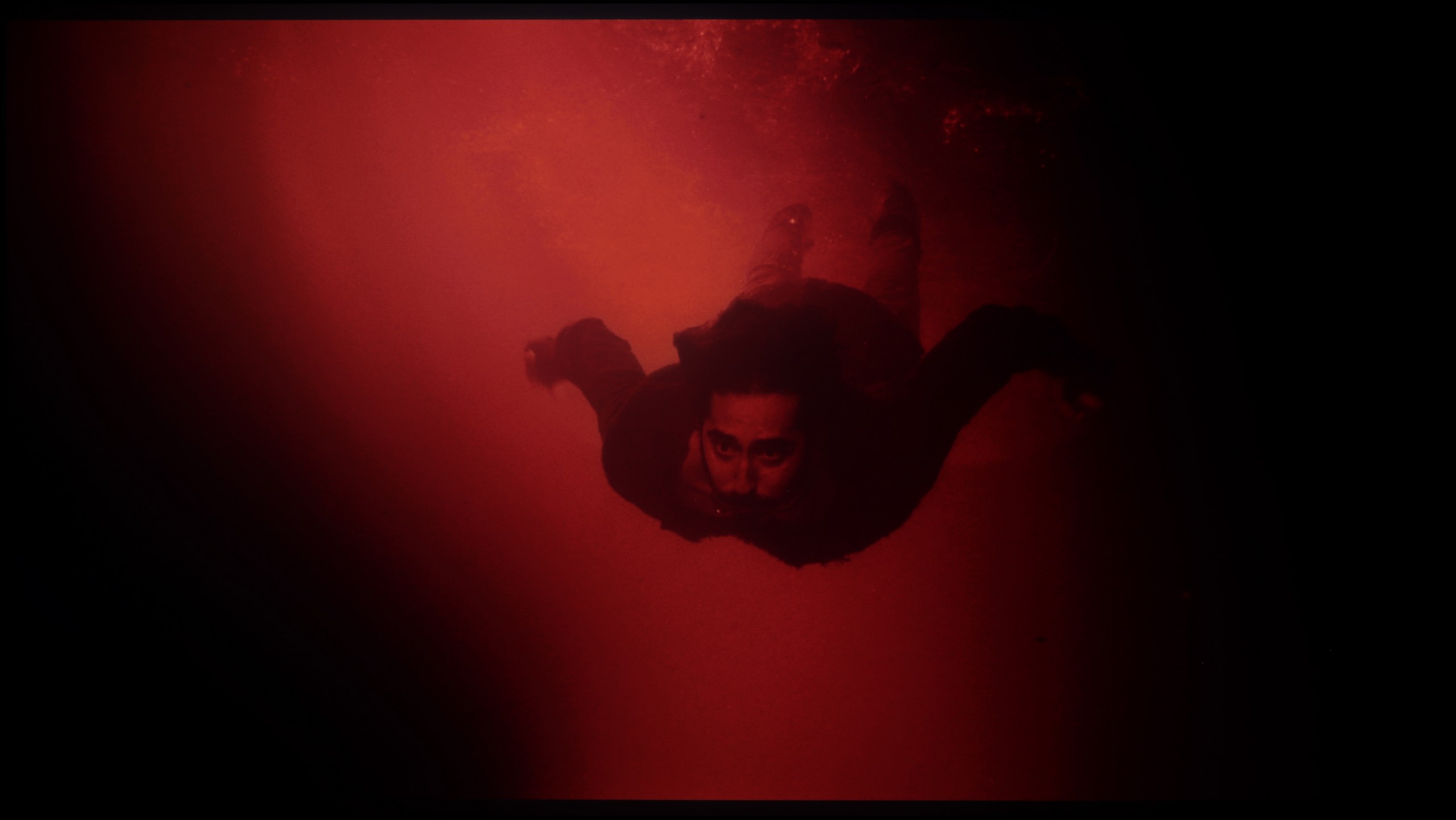




The gradation on LG QNED91T looks very good. There are only slight cutoffs in the brightest scenes, but the television handles blacks very well, providing smooth tonal transitions. As a result, the image is natural and pleasant to the eye, with no visible issues.
The TCL C7K performs very well with colour gradation – in most of the scenes tested, tonal transitions were smooth, and colours blended together without visible outlines or the artificial effect of "blotches". In everyday use, it's hard to find any faults – the picture looks natural, without jarring transitions or digital artifacts. Certain limitations only appear in very dark tones – especially in a heavily muted grey palette, where the television may struggle to reproduce the ideal gradation. But that’s absolutely understandable, as even many significantly more expensive models in this range simply can't cope. Fortunately, these situations are rare and don’t really affect the overall perception.
Image scaling and smoothness of tonal transitions
7.5/10
5.5/10
Smooth transition function


Image without overscan on the SD signal


When it comes to tonal transitions in lower quality materials, the television offers a well-known feature from LG TVs - "Smooth Gradation". We can control it at three levels: low, medium, and high. We recommend using the medium option, as it handles tonal transitions well without causing noticeable issues with removing the structure of objects or other artifacts.
On the other hand, when it comes to image scaling (upscaling), LG's Alpha processor performs quite well here. The image appears very smooth, with slight jaggedness in some elements, but this does not significantly affect quality. It looks really good, and the overall effect is very satisfying.
TCL C7K has a feature that, according to the manufacturer, is meant to smooth out undesirable colour transitions – something like a rescue for less successful tonal shifts. It's called "Gradual Smoothing," and... well, it sounds ambitious, but in practice, it works very poorly. Regardless of whether we set it to low or high, the difference is minimal. Worse still – the feature can cut out elements from the image that should remain. Fortunately, film grain remains untouched, so at least it doesn't smooth everything indiscriminately, but even so – it's better to simply turn this option off.
When it comes to upscaling lower resolution content, it's already better. SD and HD materials look quite decent, although at times we had the impression that the image loses sharpness and becomes too soft – as if something took away its clarity. Fortunately, with very low sources (e.g., 576p), there was no overscan effect, meaning the image wasn't artificially cropped – everything fit on the screen as it should.
Blur and motion smoothness
7.5/10
7.5/10

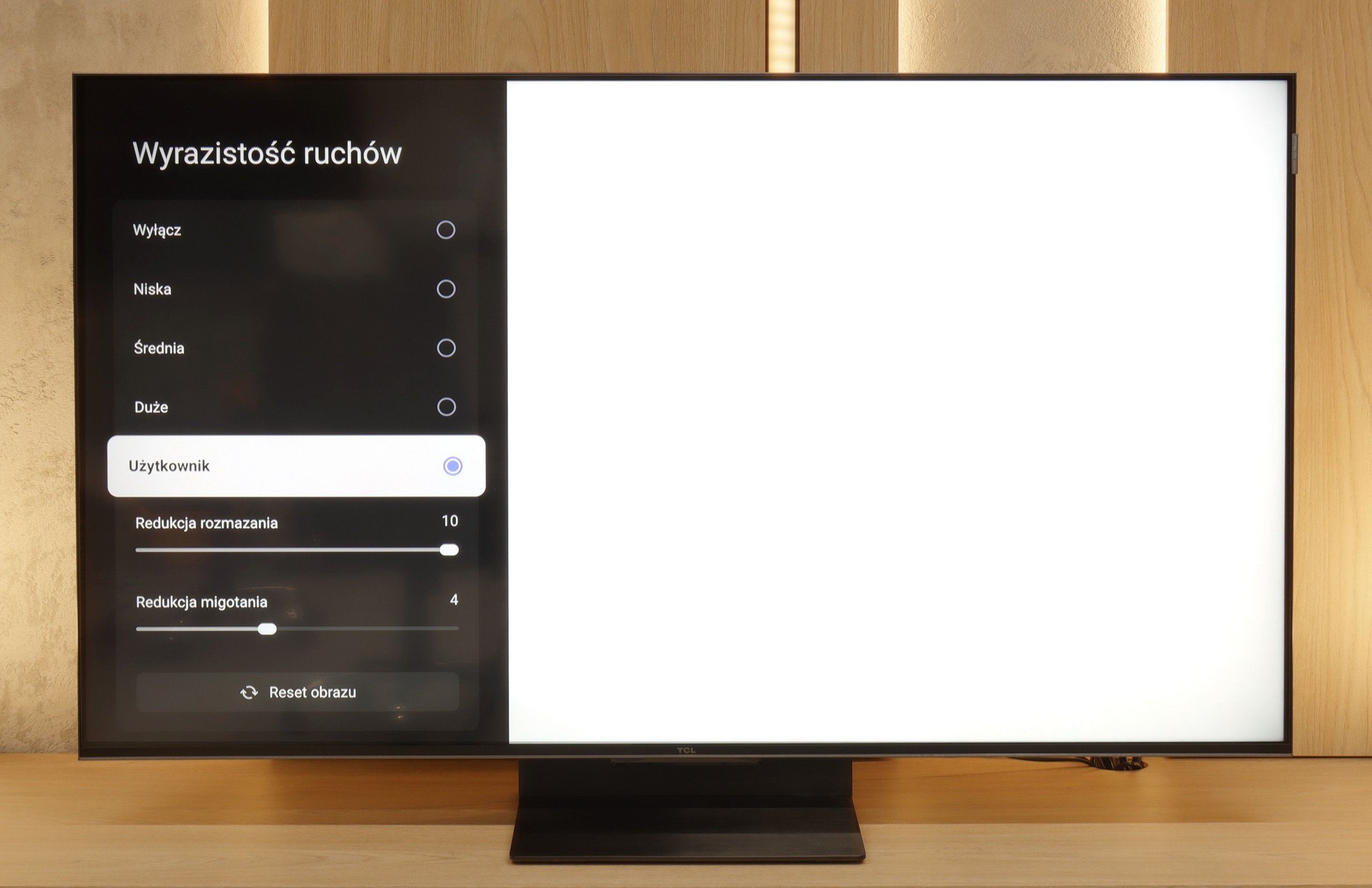
Blur (native resolution, maximum refresh rate):




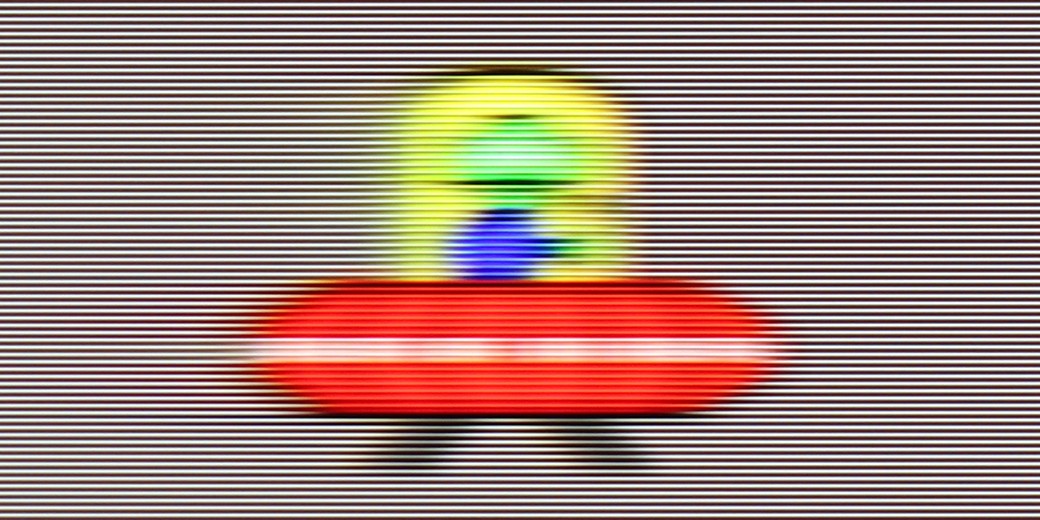
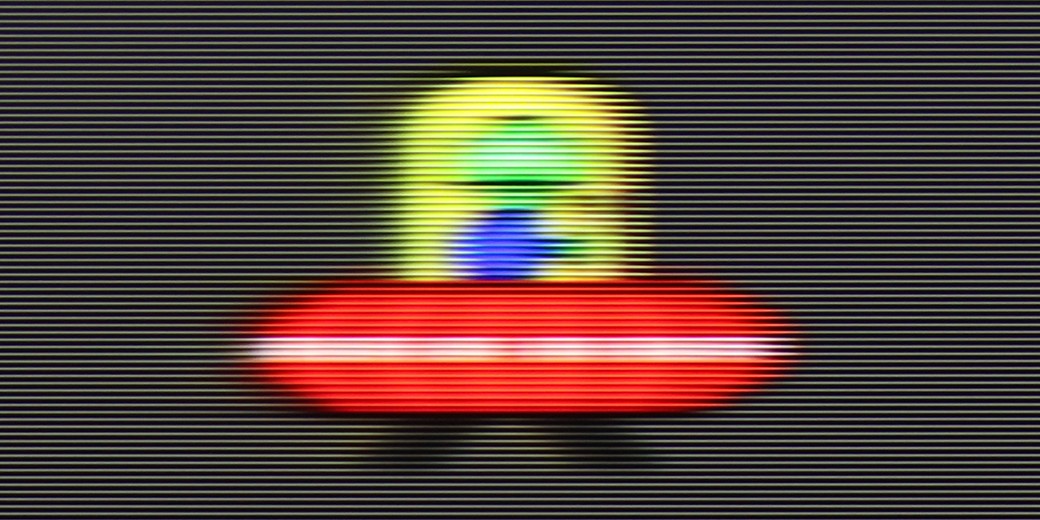
Blur (BFI function enabled):






Smużenie ():
Smużenie (4K 144Hz):



The television has a refresh rate of 120 Hz, which should satisfy most users in terms of motion smoothness. Additionally, QNED91T is equipped with TruMotion technology, which allows for smoother image display in films. With this feature, we can adjust the "De-Judder" and "De-Blur" sliders. The "De-Judder" slider reduces stutter in films, which is particularly useful when playing content with a lower frame rate, while "De-Blur" helps to reduce motion blur in fast scenes, which is important for sports or dynamic shots.
TCL C7K handles motion fluidity really well. The panel it uses offers a refresh rate of 144 Hz, which suggests that this TV is more than just a standard "60 Hz" panel. Furthermore, if we connect the C7K to a computer and set the resolution to Full HD. But we will write more about this in the paragraph on gamers and PC compatibility. Returning to everyday use – both sports and movies look very good here. Thanks to the fast panel and the well-functioning motion smoother, the C7K is great for watching matches, but also for movie screenings. In the menu, we find two sliders – motion blur reduction and flicker reduction – that allow you to adjust the fluidity effect to your own preferences. At lower settings, we get a more cinematic effect, with slight judder. At higher settings – the image becomes more theatrical, fluid to the point of excess. Whatever your preference – everyone can set it their own way.
Console compatibility and gaming features
9.8/10
9.8/10
- ALLM
- VRR
- VRR range48 - 120Hz48 - 144Hz
- Dolby Vision Game Mode
- Correct implementation of HGIG
- 1080p@120Hz
- 1440p@120Hz
- 4K@120Hz
- Game bar

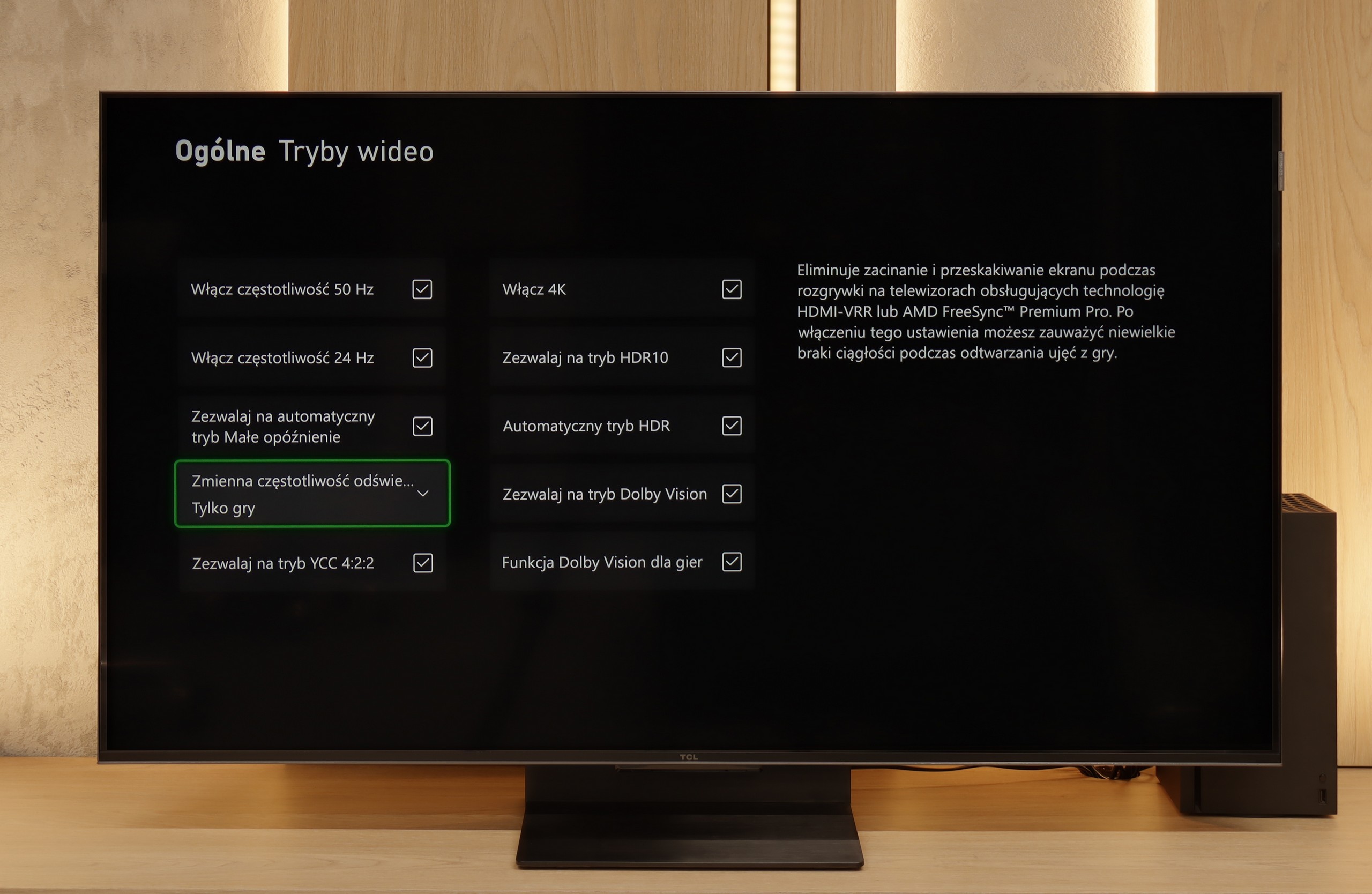

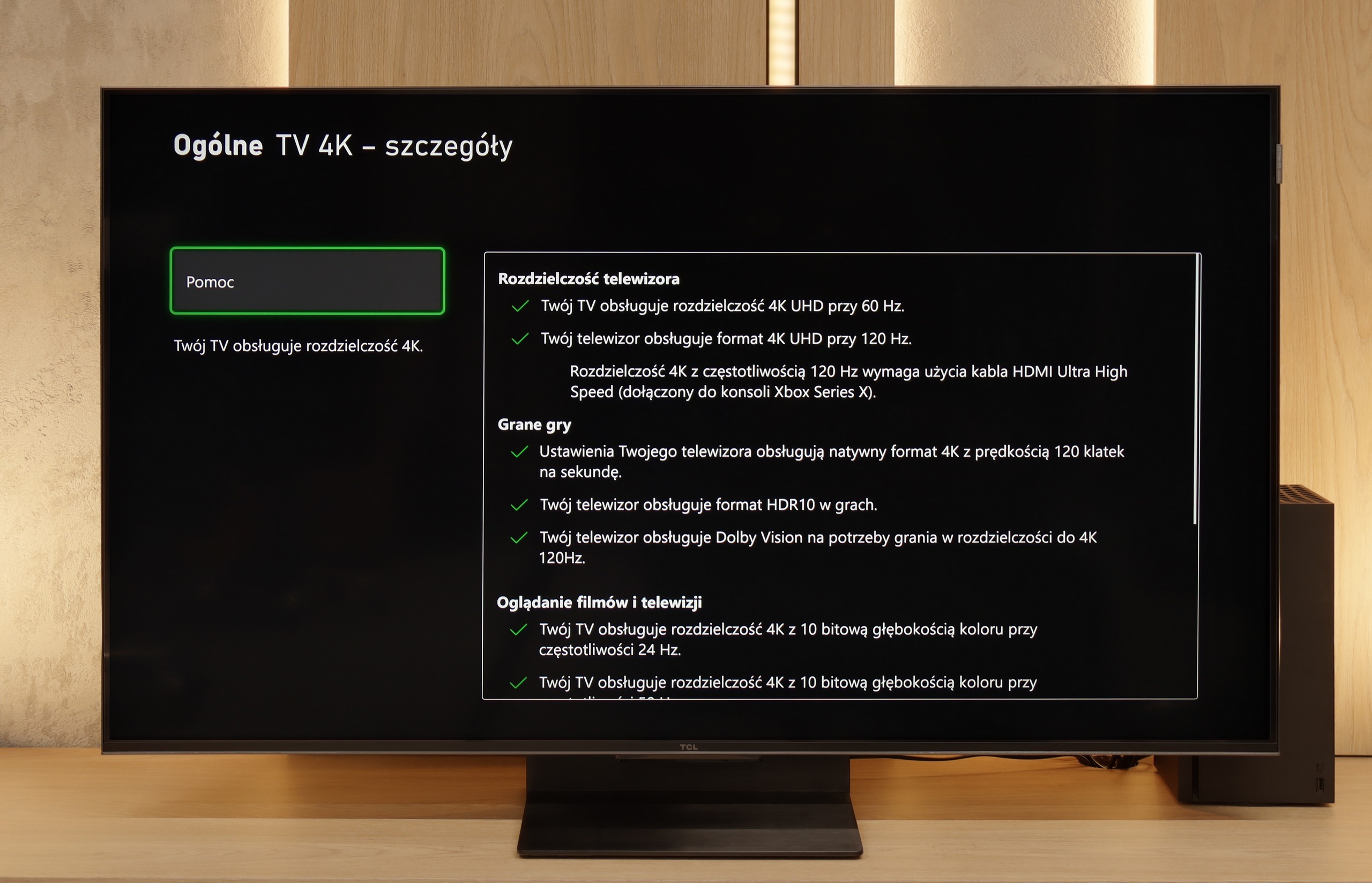

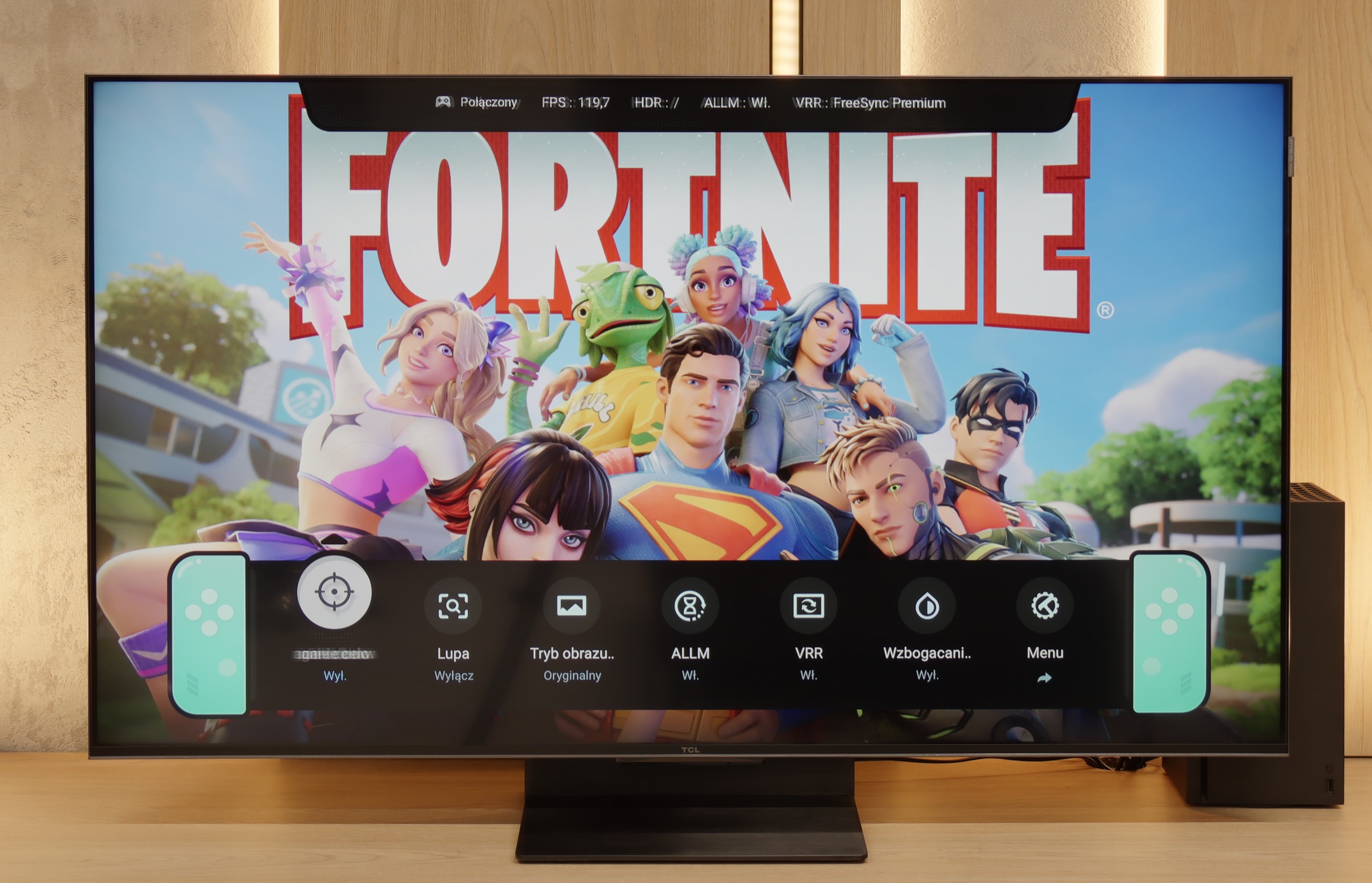

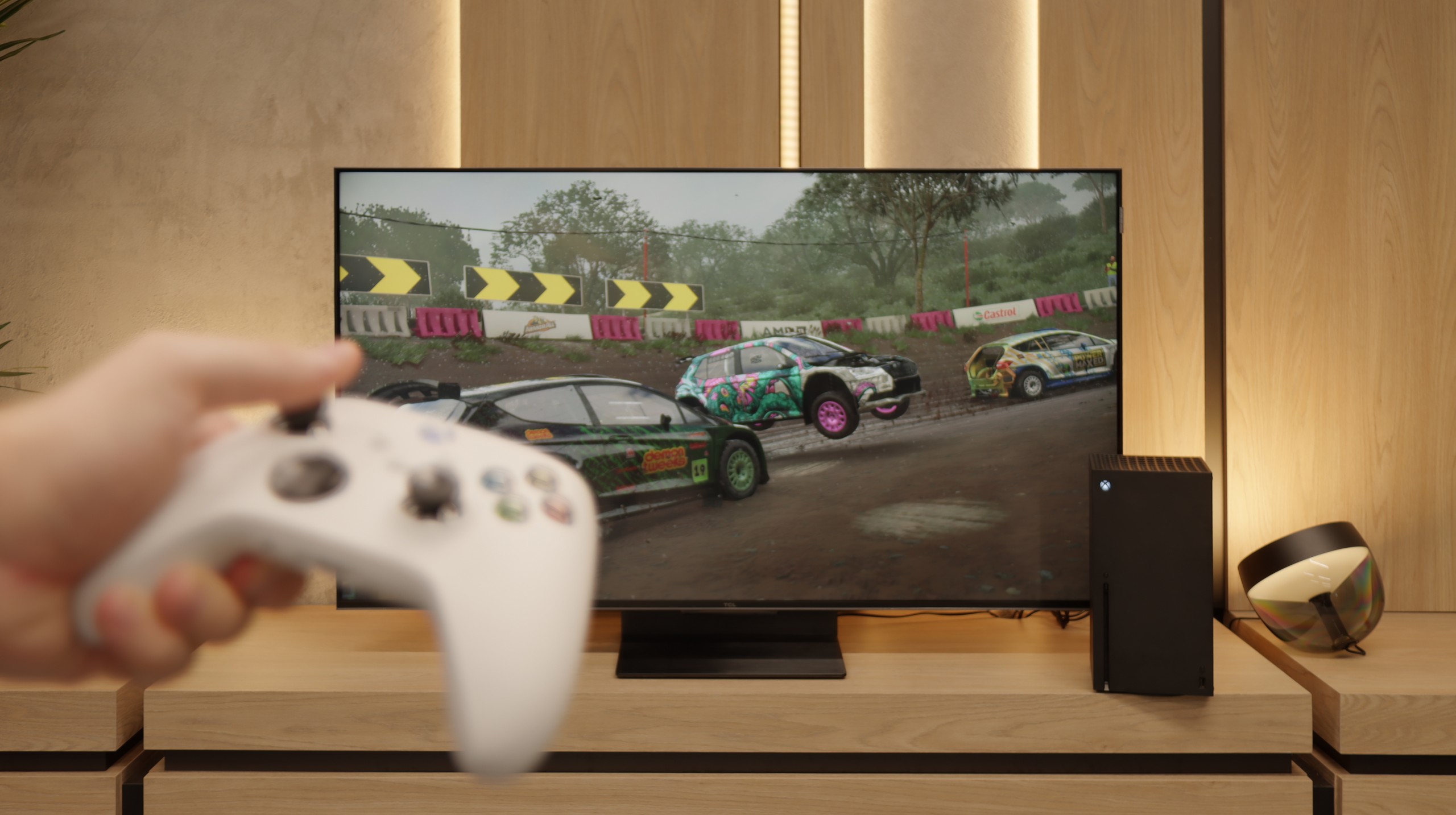
The LG 65QNED91T6A television is equipped with HDMI 2.1 ports with a full bandwidth of 48 Gb/s, providing full support for all the standards needed for gaming on modern consoles. We can count on variable refresh rate (VRR) support and automatic low latency mode (ALLM). This ensures smooth gameplay without delays.
Thanks to support for all popular HDR standards in gaming, such as HGiG and Dolby Vision, we can fully utilise the potential of the PS5 and XBOX One consoles. The television also easily handles lower resolutions than 4K, so even older consoles look good on it. The Game Bar makes it easier to access gaming-related settings, allowing us to quickly and intuitively adjust picture parameters and features for gamers. Additionally, the QNED91T offers NVIDIA GeForce Now functionality, allowing us to play in the cloud without needing a console. However, it's important to keep in mind that this solution is quite costly and somewhat falls behind the Xbox Game Pass, which is available only on Samsung televisions.
QNED91T LG is a great choice for both less experienced and more advanced gamers looking for a versatile television for gaming.
TCL C7K is a television that on paper looks like the perfect equipment for gamers – and most importantly, it performs well in practice too. Here's some good news: we have two full-bandwidth HDMI 2.1 ports, so we can easily connect both a console and a computer, using all their capabilities. The panel itself supports a refresh rate of 144 Hz, which provides a significant advantage in dynamic games. Additionally, it comes with a full set of gaming features: VRR (variable refresh rate), ALLM (automatic low latency mode), and support for Dolby Vision in games. There's also an HGiG mode that allows for HDR effects that align with the creators' intentions. GameBar, which is an information bar for gamers. It operates quickly, looks clear (like a Nintendo console👌), and shows what's most important: the current frame rate, VRR status, and even HDR parameters.
Input lag
9.8/10
9.7/10
SDR
HDR
Dolby Vision
Input lag on QNED91T is really very low, even in Dolby Vision mode. This means we can expect a quick response time, which is very important in fast-paced games, where every millisecond counts. Regardless of whether we are playing in standard mode or HDR, the television offers very good results that will satisfy even the most demanding gamers.
When it comes to delays, the C7K gives no reasons to complain. In games at 120 Hz, the input lag is around 10 ms, which means that the TV responds really quickly. Interestingly, even in Dolby Vision mode, the result is very similar, which isn't always the case. Good job, TCL. At 60 Hz, the lag does increase a bit, but that's completely normal and applies to pretty much every TV with a refresh rate of 120Hz and above. The most important thing is that everything still runs smoothly and there's no feeling that something isn't responding to our actions.
Compatibility with PC
7.5/10
8.4/10

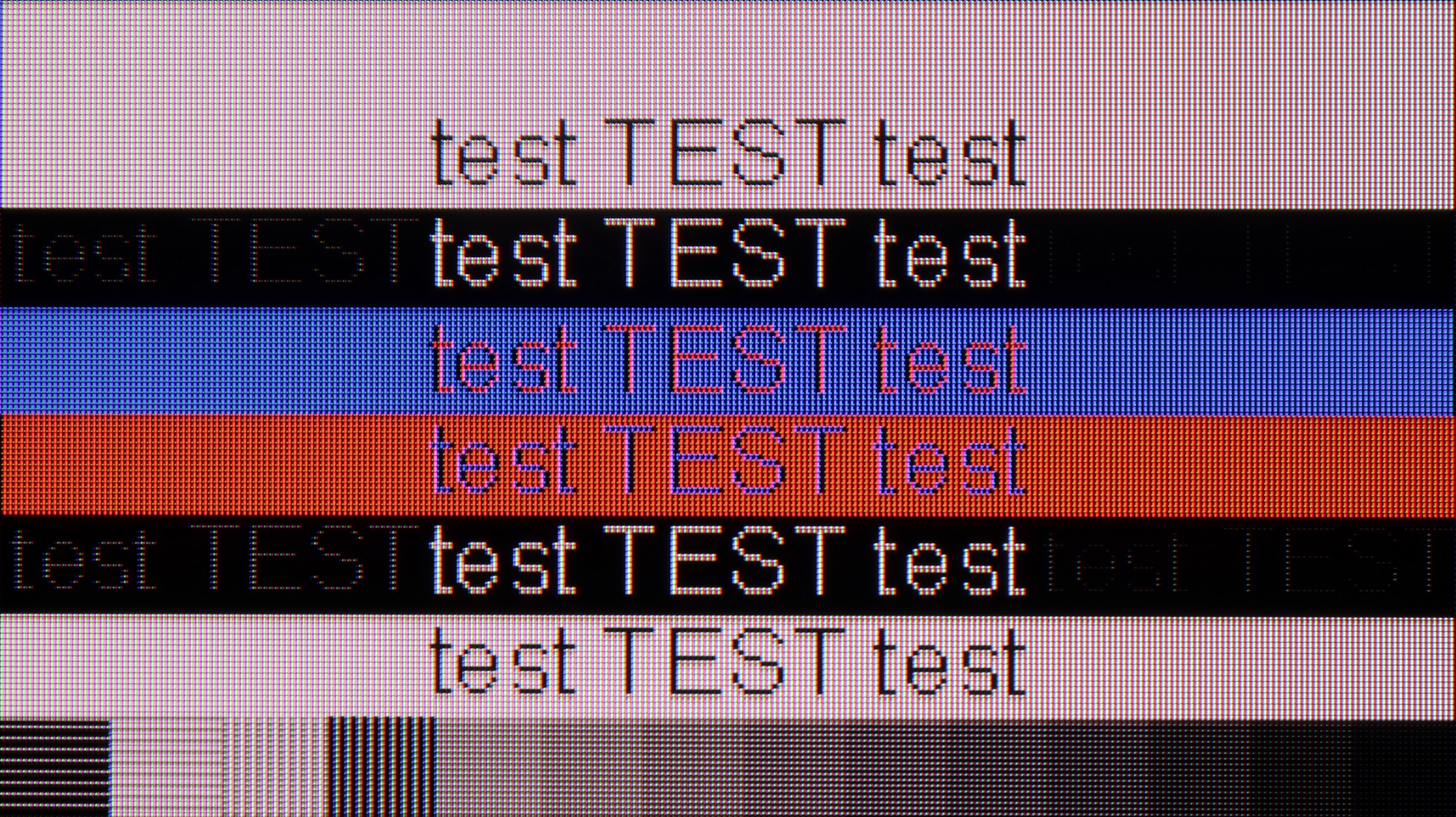
When it comes to gaming on a computer, LG QNED91T synchronises effortlessly with NVIDIA graphics cards and supports G-Sync functionality. The very low input lag makes gaming with a personal computer a real joy. The TV supports chroma 4:4:4, which provides excellent text readability. While we did notice slight blurring of fonts around the edges, overall the image looks very good, and readability is at an acceptable level.
If we plan to connect the C7K to a computer – especially for gaming – there's definitely a lot to play with. We have 4K at 144 Hz, which already sounds great, but if we drop the resolution, the TV can even display 280 Hz. In e-sports, where every split second counts, this really makes a difference. On top of that, it supports G-Sync and FreeSync, so no matter what graphics card we have – the image will be smooth, with no stuttering or tearing.
But if we plan to put the C7K on a desk and use it like a monitor, it's a bit less "rosy." Sure, it supports chroma 4:4:4, so fonts should be sharp, but with very dark letters, you can notice slight blurriness and edge dimming. It's not something that immediately stands out during gaming or watching, but when working with text – it can be distracting. In everyday use – relatively worry-free, but if we plan to have a 50-inch screen a metre from our face, it's worth keeping this in mind.
Viewing angles
3.4/10
3/10
As we mentioned in the paragraph about contrast, the television is equipped with a VA panel, which generally offers very good contrast compared to IPS panels. Unfortunately, VA panels have their weakness in the form of limited viewing angles, which is also evident in the case of QNED91T LG. The viewing angles here are not the best, and while the use of an angle-enhancing coating could significantly improve the situation, unfortunately, we don’t have that here. As a result, the picture loses quality when viewed from a greater angle, which can be problematic when more people are watching at the same time.
There's no surprise here – the C7K has classic viewing angles for a VA panel. That is: we sit directly in front – it's excellent. Colours look good, contrast is strong, everything is in place. But just shifting slightly to the side starts to make things worse – the image loses saturation, the blacks turn grey, and the overall impression diminishes a bit. So if we plan to watch together with a few people or have a sofa that takes up half the lounge – it’s worth seating everyone more centrally. You can watch from the side, but don’t expect miracles – it’s simply a characteristic of the VA panel.
TV efficiency during daytime
6.1/10
6.1/10




Matrix brightness
Average luminance SDR
TCL C7K / QM7K: 475 cd/m2
LG QNED91T6A: 573 cd/m2
The TV LG 65QNED91T6A is equipped with a satin panel, which handles direct light reflections, such as from lamps or wall sconces, moderately well. In the first test photo with a large lamp, you can see how the reflection "spills across the screen." However, the QNED91T makes up for it in terms of brightness - an average SDR brightness of 580 cd/m² is sufficient for watching television even in more challenging lighting conditions. Because of this, despite issues with reflections, the TV performs well during the day.
Luckily, the TCL C7K performs quite well in bright rooms. The applied panel has a satin finish that effectively reduces reflections, so even on sunny days we don't have to worry about reflections from lamps or windows. Importantly, the colours maintain their intensity and don't wash out, as can happen with weaker matte panels. As for brightness, the average for content like YouTube or regular television reaches just below 500 nits. It's not a record result – for example, the MQLED85 (C765) performs better in this regard. However, for everyday viewing during the day, it should work without major issues, as long as we don't plan to place it opposite a south-facing window without curtains.
Details about the matrix
Subpixel Structure:

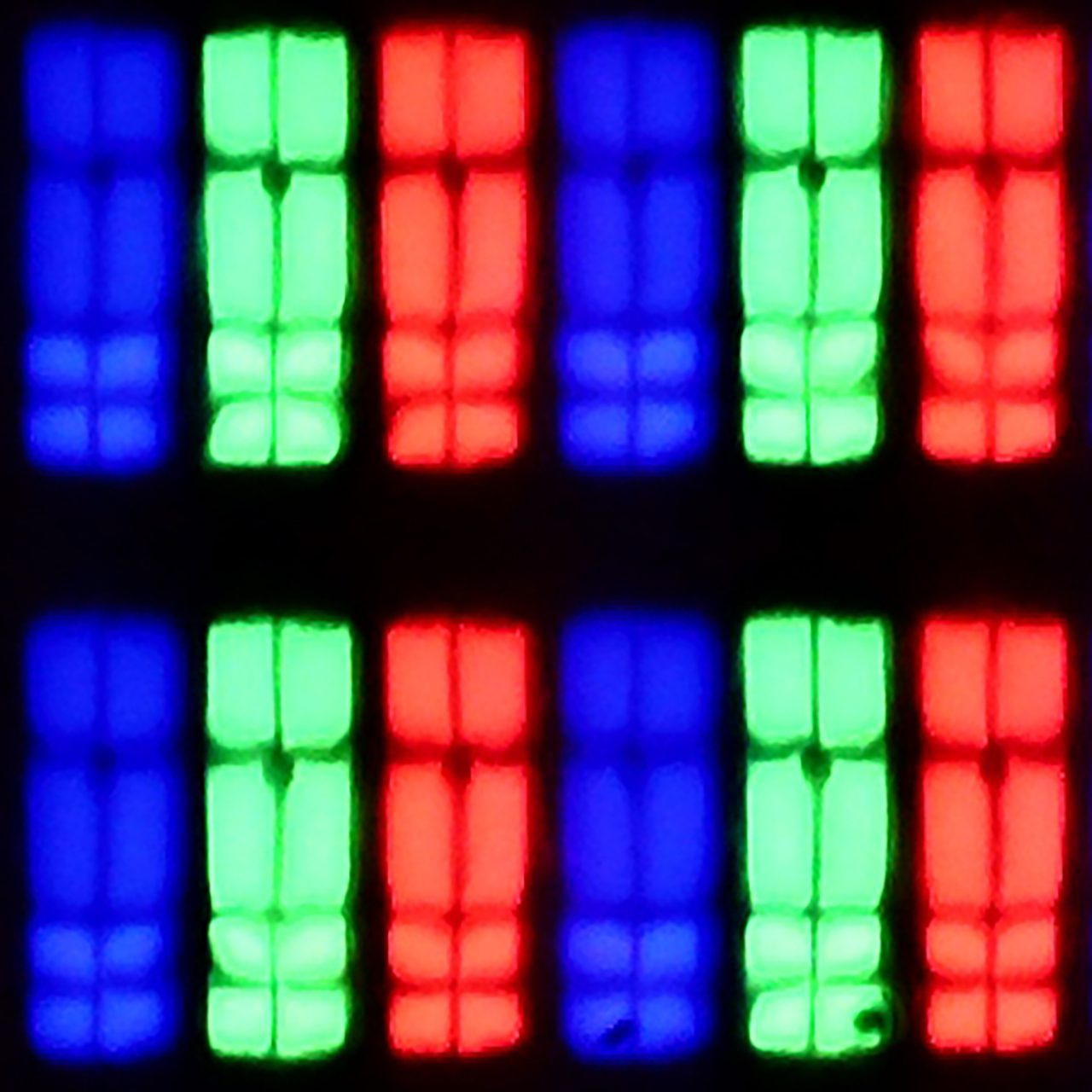
Panel uniformity:

LG QNED91T6A
TCL C7K / QM7K
TV features
9/10
7.7/10
- HDMI inputs0 x HDMI 2.0, 4 x HDMI 2.1 48Gbps2 x HDMI 2.0, 2 x HDMI 2.1 48Gbps
- OutputsToslink (Optical audio), eARC (HDMI), ARC (HDMI)Toslink (Optical audio), eARC (HDMI), ARC (HDMI)
- Network InterfacesWi-Fi 2.4GHz, Wi-Fi 5GHz, Ethernet (LAN) 100MbpsWi-Fi 2.4GHz, Wi-Fi 5GHz, Ethernet (LAN) 100Mbps
- TV receptionDVB-T, DVB-T2, DVB-S, DVB-S2, DVB-CDVB-T, DVB-T2, DVB-S, DVB-S2, DVB-C
Classic features:
- Recording to USB (terrestrial TV)
- Recording programming
- Picture in Picture (PiP)
- RF remote control (no need to aim at the screen)
- Backlit remote control
- Teletext
- Audio only mode
- Possibility to connect Bluetooth headphones to the TV
- Possibility to simultaneously use Bluetooth headphones and the TV speaker
Smart features:
- AirPlay
- Screen mirroring (Windows Miracast)
- Wyszukiwanie głosowe
- Voice search in native language
- Ability to connect a keyboard and mouse


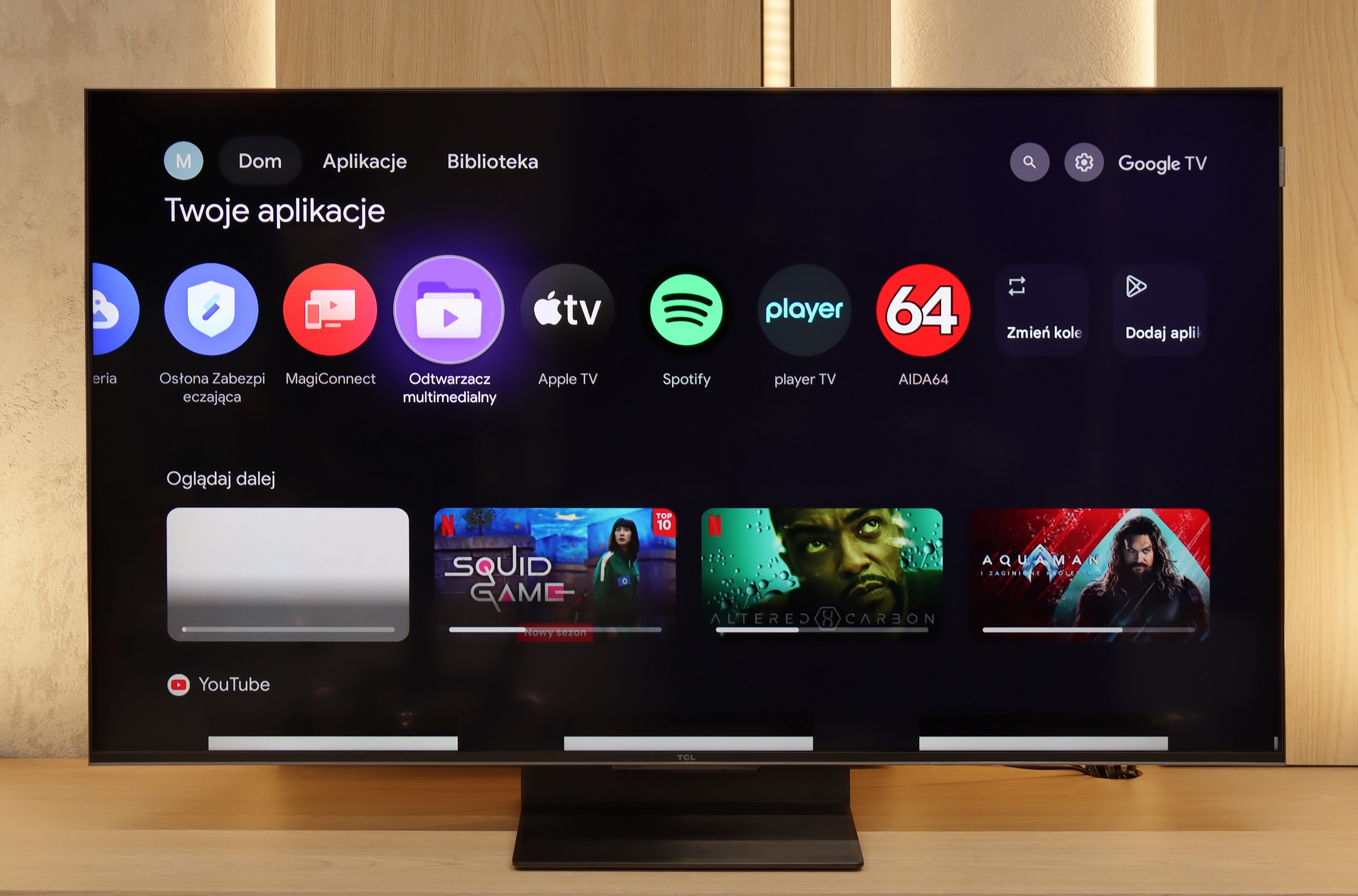
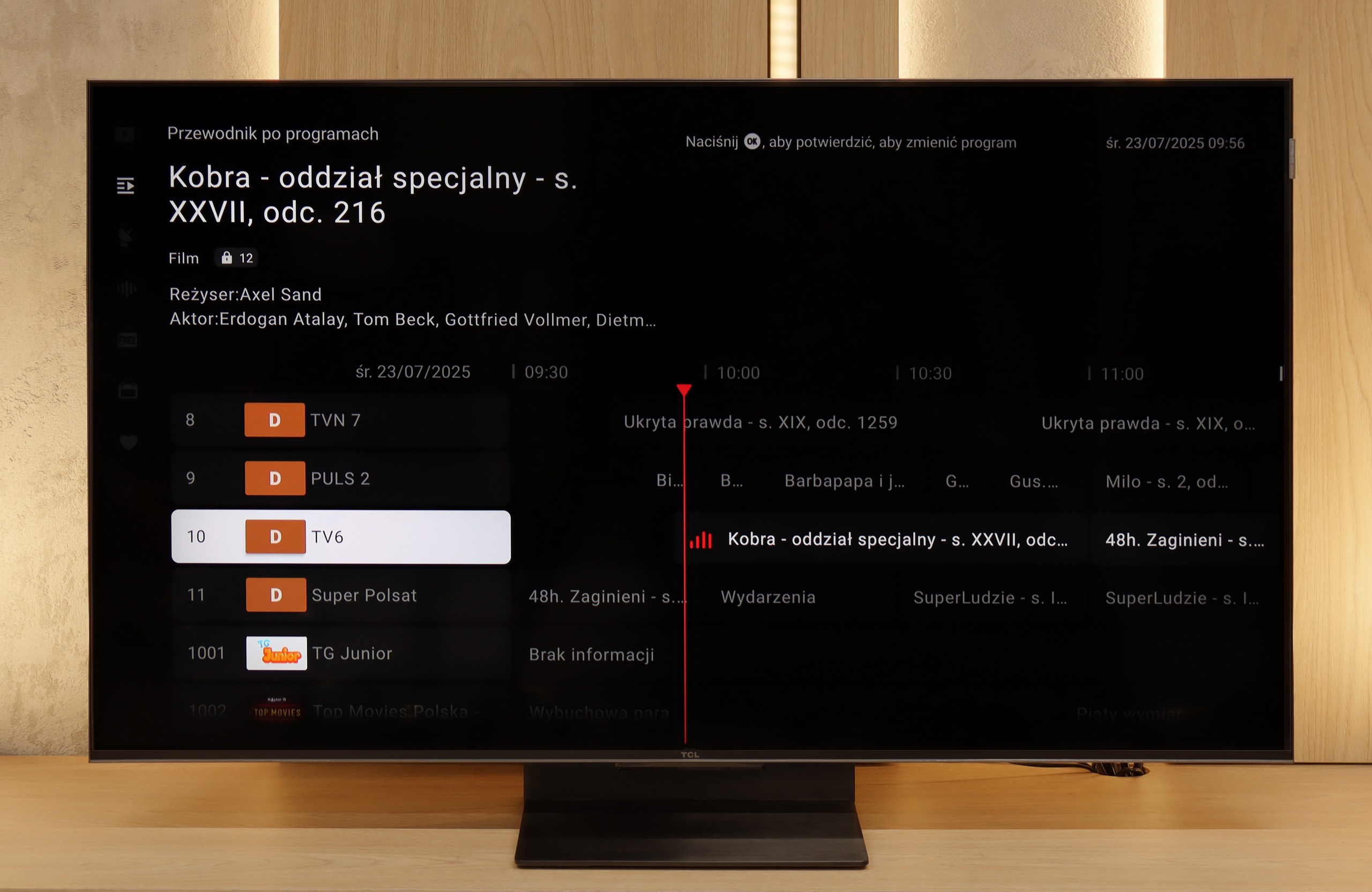
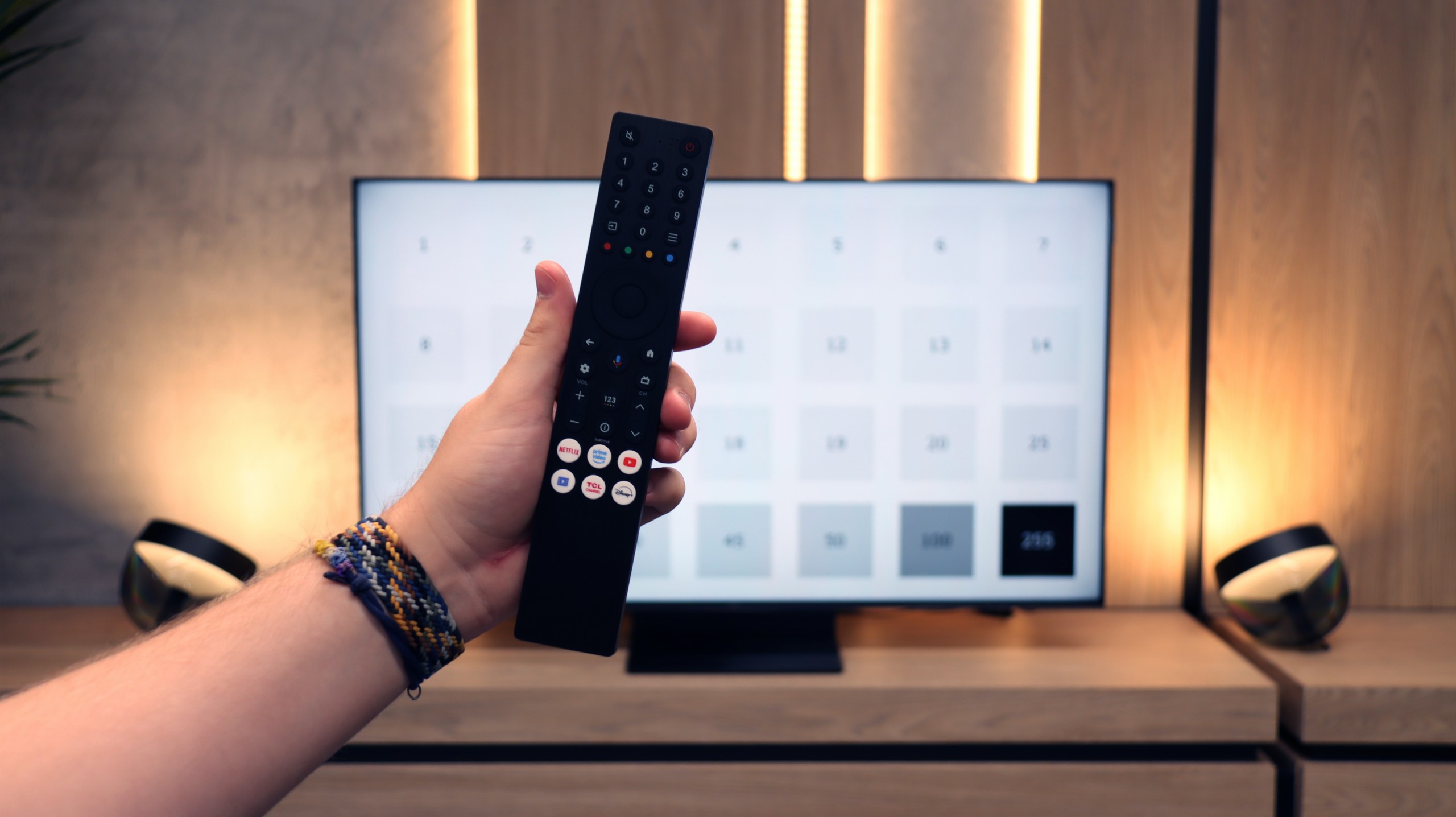
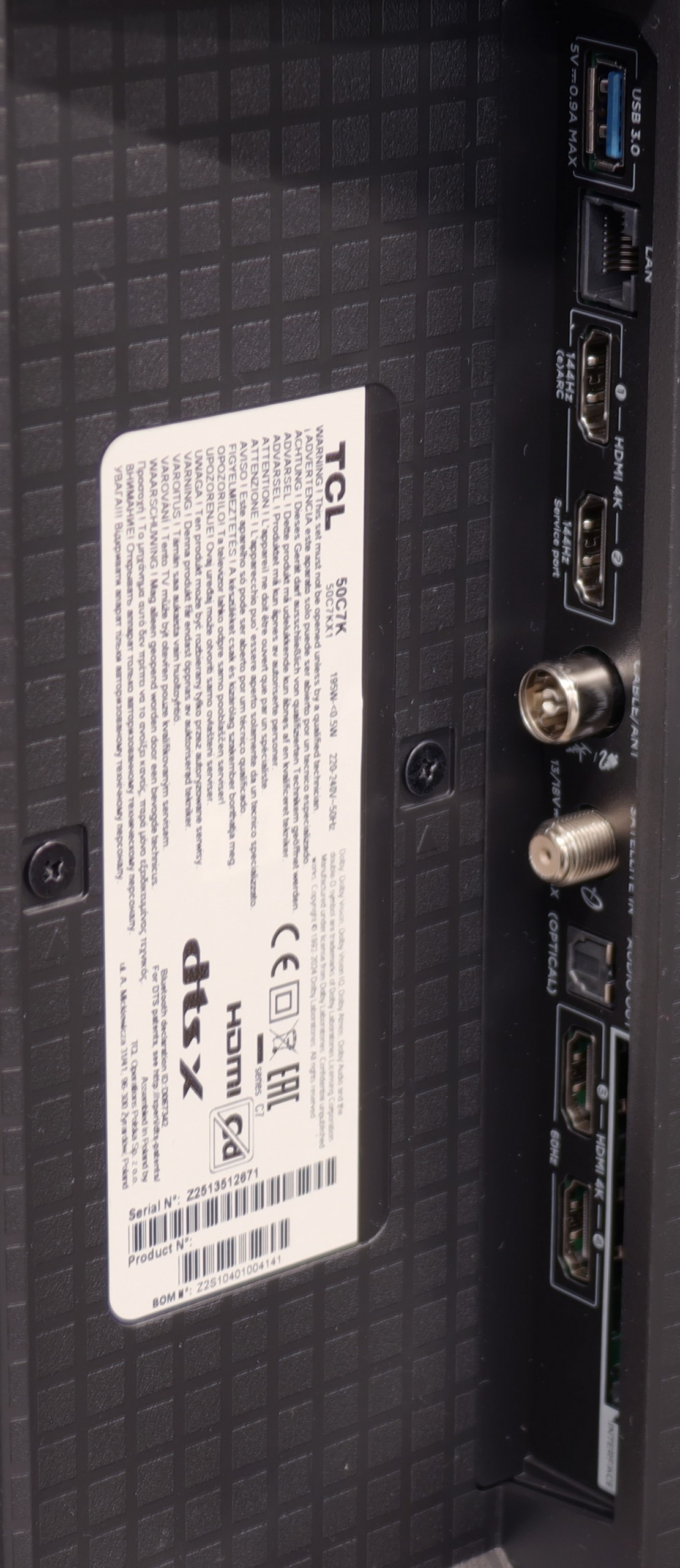
The most important thing in today's televisions, apart from picture quality, is the operating system. The one available in LG models is really very good. Of course, we're talking about the WebOS system, which offers most of the popular apps available in Poland, much like GoogleTV. What sets this system apart is primarily the excellent remote control with an accelerometer - the Magic Remote, which resembles a magic wand. Controlling with this remote is incredibly convenient. Additionally, the television offers a very good voice assistant that understands Polish perfectly.
In terms of user features, the television offers practically everything one could wish for. Here we find the ability to record programs from built-in tuners, support for AirPlay to connect an iPhone, and a mirroring function. We can easily connect keyboards, mice, or headphones, although keyboards are not essential thanks to the handy Magic Remote. Unfortunately, the PiP (Picture-in-Picture) feature is missing here, but it's such a specific function that only those who really need it will feel its absence. The QNED91T is a television that does not disappoint when it comes to daily enjoyment of its use.
SmartTV: GoogleTV
The biggest strength of the TCL C7K in everyday use is undoubtedly the Google TV system. It is thanks to this that we have access to an almost endless library of applications, including some more niche ones that are often unavailable on other platforms. The built-in Google Assistant understands Polish, so we can easily ask what is on TV, what the weather is like, and even give a few voice commands to control the television. The presence of Chromecast and AirPlay, which work smoothly and make life easier, is also a plus.
Usability Features
However, the traditional functions are a bit lacking. Of course, we have the basics – teletext, EPG, or the ability to connect headphones – but that’s pretty much where it ends. There's a lack of USB recording features or picture-in-picture (PiP) mode, which can still be found among competitors. It's also worth remembering that Google TV in the TCL version sometimes has strangely translated menu sections or minor interface errors. These aren’t issues that hinder daily use, but detail-oriented individuals may notice them.
Playing files from USB
8.5/10
9.2/10
Supported photo formats:
Maximum photo resolution:


The built-in player in QNED91T should satisfy most users. It handles Polish characters without issue and plays movies with subtitles from external drives. The player also manages most audio formats and photos, except for Apple HEIC files.
The built-in file player in the TCL C7K performs really well. It supports most popular audio and video formats, so if we want to quickly plug in something from a USB drive and get it going – there shouldn't be any problem. Of course, as is often the case, you can find some minor shortcomings – not every exotic codec will work (Apple's HEIC), not all subtitles will be perfectly synchronised (txt.). However, the biggest advantage of this television comes to the rescue, which is Google TV. With access to the Google Play Store, we can easily install an alternative player, such as VLC, and then no files will frighten us.
Apps
8.3/10
9.6/10














































Sound
6.9/10
7/10
- Subjective sound quality:6.9/107/10
- Dolby Digital Plus 7.1:
- Dolby True HD 7.1:
- Dolby Atmos in Dolby Digital Plus (JOC):
- Dolby Atmos in Dolby True HD:
- DTS:X in DTS-HD MA:
- DTS-HD Master Audio:
LG QNED91T comes with a set of 4 speakers in a 2.2 configuration with a total power of 40W. The TV sounds quite pleasant, and the subtle bass is noticeable. Of course, it's not on the level of an external audio system, such as a soundbar or home theatre, but it's sufficient for everyday use. It's also worth praising the support for audio formats DTS:X and Dolby Atmos, which significantly enhance the audio experience.
To be honest, we didn't expect much from the sound of the 50-inch version of the C7K model. Usually, in such sizes, it's hard to find anything more than thin, flat sound. But here – a pleasant surprise. The sound turned out to be really enjoyable, with good clarity and even a subtly noticeable bass. This is probably linked to TCL's new collaboration with the Bang & Olufsen brand, which is a novelty for 2025. Whether the C7K actually contains original drivers from the Danish premium brand – we can't confirm that. But the end result still deserves a thumbs up. For a TV without a soundbar – it sounds quite nice.


